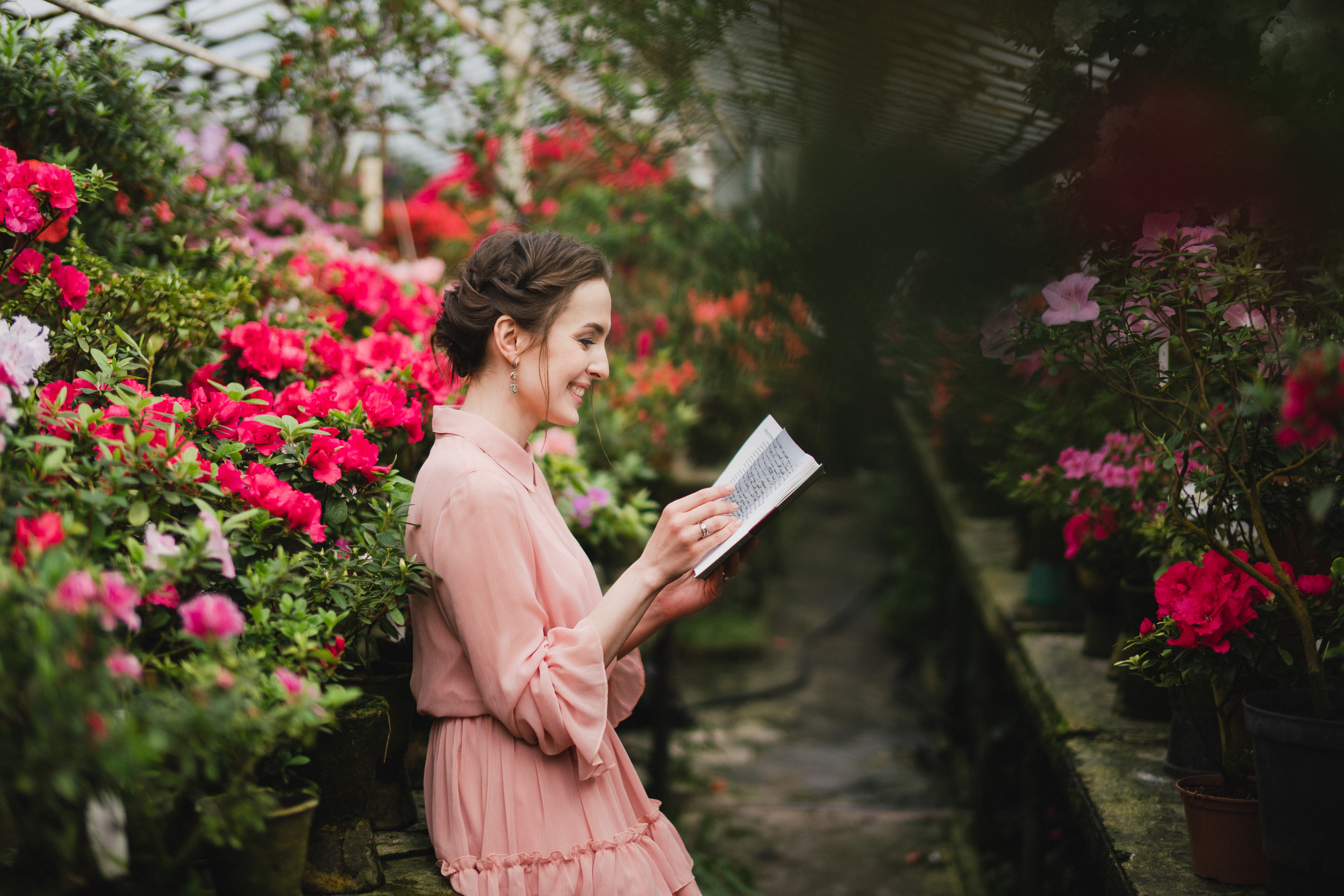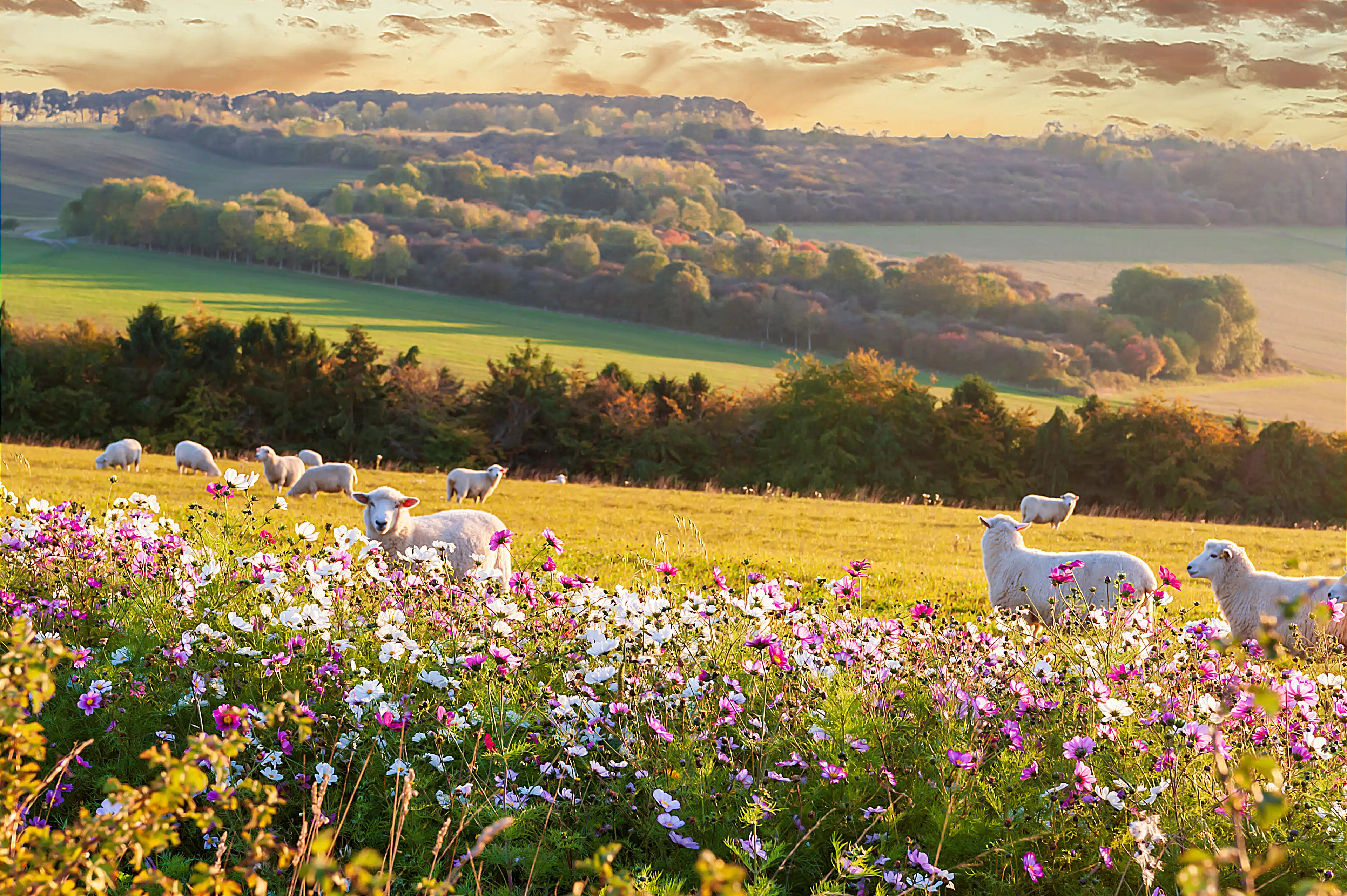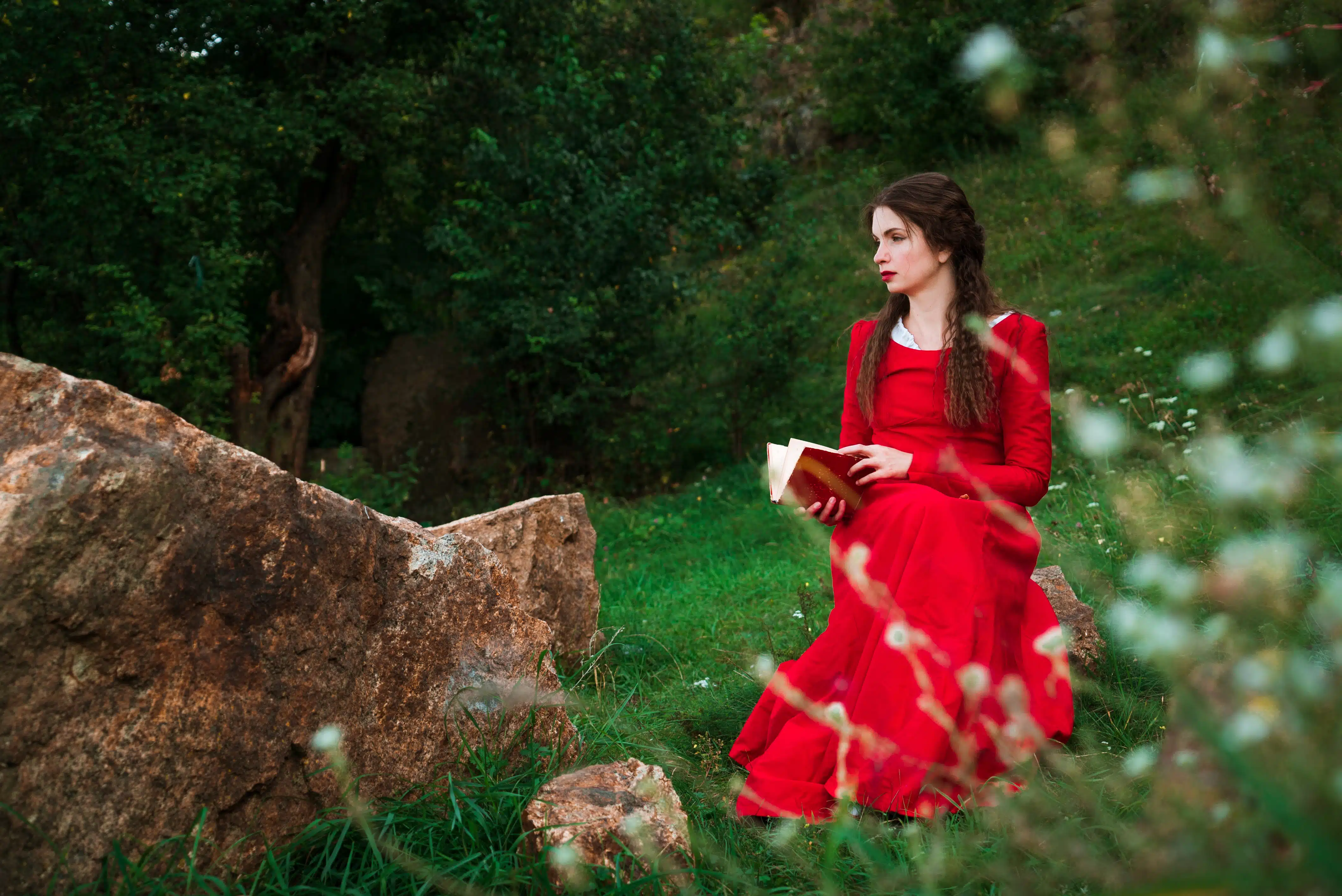Here’s what the Gwawdodyn Byr poetry form is:
Gwawdodyn Byr is a Welsh meter based on quatrains that is nearly, but not quite, isosyllabic.
It features two nine-syllable lines followed by two ten-syllable lines, with a single rhyme sound that appears on all four lines.
The sound appears at the end of lines one, two, and four, but in the middle of line three.
So if you want to learn all about the Gwawdodyn Byr poetry type, then you’ve come to the right place.
Let’s get into it!
- Englyn Poetry Form: Enchant With Sacred Verses
- Gwawdodyn Poetry Form: Ride the Welsh Waves
- Toddaid Poetry Form: Drape Emotions in Lines
- Cyhydedd Hir Poetry Form: Master Versatile Lines
- Cyhydedd Fer Poetry Form: Tune Your Insight
- Byr a Thoddaid Poetry Form: Set Your Pen Ablaze

Forms of Poetry: Gwawdodyn Byr

The Gwawdodyn Byr is a Welsh poem form that differs slightly from the more significant base Gwawdodyn form.
It is ultimately a series of quatrains (four-line stanzas) featuring nine and ten-syllable lines.
As with many other Welsh poem forms there is an extensive emphasis on sound in the poem’s design, with three end-rhymes and an additional cross-rhyme in each verse.
Basic Properties of Gwawdodyn Byr

| Rhyme Structure | Strict, based on one sound |
| Meter | Syllabic |
| Origin | Wales |
| Popularity | Largely restricted to Welsh history |
| Theme | Varies |
How Is Gwawdodyn Byr Structured?

Gwawdodyn Byr features four lines per stanza, with two nine-syllable lines followed by two ten-syllable lines.
There is an emphasis on rhyme within the form, with all but the third line sharing an end sound.
The third line is not entirely left out of the rhyme scheme, however, as there will be an instance of that same sound within the middle of the line.
The exact position of this internal rhyme can shift slightly but it is generally somewhere around the fifth syllable.
This form is unusual in that is so very close to having isosyllabic lines (lines of the same length) and featuring strict end monorhyme, only to just barely have neither, as if discouraging symmetry to some degree.
As with many forms, the easiest way to describe this form is probably through diagram:
xxxxxxxxA
xxxxxxxxA
xxxxAxxxxx
xxxxxxxxxA
In the above structure ‘x’ represents an unrhymed syllable, while ‘A’ is the central rhyme of the quatrain.
Note that the position of the rhyme on the third line can shift a bit to the left or right.
Welsh forms that use internal rhymes tend to be flexible with where the internal rhyme’s exact placement can be.
The form embraces the Welsh tradition of cynghanedd, a term loosely referring to the poetic arrangement of sounds.
It would not be unusual to find multiple instances of alliteration or assonance within the form, as Welsh poets around the time of this form’s inception prioritized the musical qualities of poetry.
As with many other Welsh forms, this form only actually describes a type of stanza.
The poem itself can easily be of any length, so a poem written entirely in Gwawdodyn Byr will have any number of lines, though it will always be a multiple of four if no other meters are mixed in.
Example of Gwawdodyn Byr

The sheep are not coming home today.
The shepherd let them outside to play
but there they’ll stay, enjoying life outside,
beside both the flowers and tricky fey.
The above attempt includes an extra cross-rhyme, between ‘outside’ and ‘beside,’ in order to soften the asymmetry enforced by the third line.
This is absolutely not necessary, but there’s also no rule against it.
As for the elements of the form itself, take note of how the poem transitions from nine-syllable lines to ten-syllable lines without disrupting the general feel.
Using a mid-line caesura, such as the comma in the third line, can help to obscure the shift in structure, but this was just another stylistic choice by the poet.
The one mandatory internal rhyme, seen on the third line, is the instance of ‘stay.’
It’s easy to spot since it’s just before the aforementioned comma and as such can be heard clearly when the poem is read out loud due to the brief pause afterward.
Of course, this is only one quatrain.
A poem written in Gwawdodyn Byr can be much longer if preferred, but for our purposes a single verse will suffice.
Tips for Writing a Gwawdodyn Byr Poem

Forms that feature a rhyme sound more than twice tend to represent an unusual hurdle for English poets.
While there are plenty of sounds in the language that can be repeated far more than twice, there are also a number of red herrings that are much more difficult to rhyme with.
Put simply, you should be favoring common end sounds in a Gwawdodyn Byr poem.
Sounds that place emphasis on a simple vowel (cat, bat, that) or that use a common suffix (create, rotate, locate) work well.
Conversely, it would be wise to avoid words that are hard to rhyme with.
The most infamous examples, as always, are words like ‘orange’ and ‘purple.’
Note that you do not need to keep up this same sound across the next verse, so you’ll never actually need a sound more than four times.
Nonetheless, choosing words that have dozens of rhymes would afford you a great deal of flexibility in exactly which words you use.

The two elements that are most likely to throw off seasoned poets are the shift from nine to ten syllables, which may instinctively feel off-balance, and the internal rhyme, which challenges the writer to work a rhyme into the poem only a few syllables after it just had an appearance.
Neither is devastatingly difficult, however, so I do trust that poets of the intermediate and higher level will overcome these challenges.
If you’re possessed of a particularly high level of confidence then it would be worth your time to investigate the principles of cynghanedd and try to determine how you can work more repeated sounds into the poem, or maybe even into your poems in general if you find yourself feeling an attachment to the concept.
For example, how many times can you sneak consonance into each line?
Writers routinely rig their words around the principle of wrestling more out of them, after all, particularly poets.
Welsh poetry, even when compared to other regions, absolutely thrives on phonetic techniques.
Poet’s Notes

One odd consequence of writing so many articles about poetic forms is that they all start to become a spider web along the way.
You start to see which countries influenced each other, which forms are related to others, who had the most historical influence, etc.
Be sure to check out the longer Gwawdodyn Hir if you think this form is nice but feels ever so slightly incomplete.
I think you might like it!
Comprehensive Collection of Poetry Forms: Craft Words Into Art

Dare to traverse the entire spectrum of poetic forms, from the commonplace to the extraordinary?
Venture from the quintessential Sonnet to the elusive Mistress Bradstreet stanza, right through to the daunting complexity of Cro Cumaisc Etir Casbairdni Ocus Lethrannaigecht.
For those with a zeal to encounter the full breadth of poetry’s forms, this invitation is yours.
Start exploring the vast universe of poetic ingenuity with our comprehensive array of poetry forms right now!
